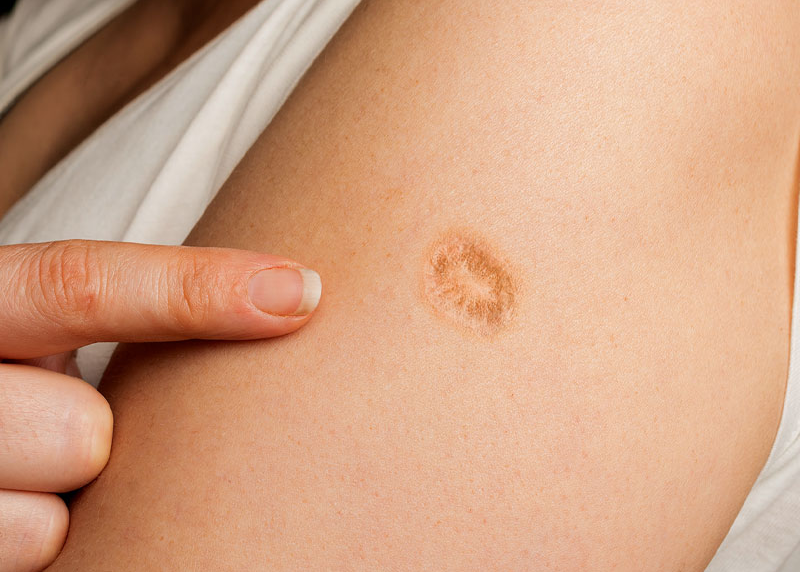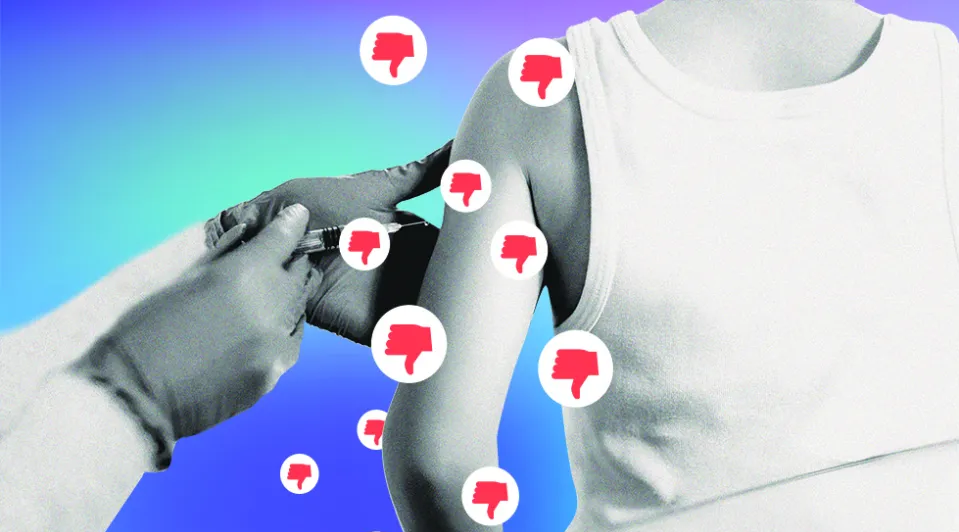A 2023 study published in the Journal of Autism and Developmental Disorders found that despite advances in screening and diagnosis of autism spectrum disorder (ASD), one in 55 teenagers met the criteria for ASD; however, one in four 16-year-olds on the autism spectrum had not received a formal diagnosis.1
Walter Zahorodny, PhD, an associate professor at Rutgers New Jersey Medical School and the lead author of the study expressed concern that the individuals, who have not received a formal ASD diagnosis, are missing out on support services that would be beneficial to their development. He stated:
We think this is the largest ever study of ASD in this age group, and we hope it helps schools, health care providers and others with information that leads to better understanding and services.2
Study Conducted in Four Counties in New Jersey
The study was conducted according to the Autism and Developmental Disabilities Monitoring (ADDM) Network method for the population group born in 1998 and living in the four counties in the New Jersey region in 2014. The study was conducted in Essex, Hudson, Union and Ocean counties, New Jersey, which is a densely populated region within the New York–New Jersey Metropolitan Area. The population comprised of 42 percent Non-Hispanic White, 24 percent Non-Hispanic Black and 29 percent Hispanic individuals. Researchers investigated the records of 4875 individuals served in 61 public school districts and 12 hospital-based developmental health centers.3
Two Percent of 16-Year-Olds in New Jersey Have ASD
Findings from the study showed that 560 individuals with ASD were identified in a population of 31,581 16-year-olds, which yields a rate of 17.7 per 1,000 or almost two percent. The prevalence of ASD was highest in males compared to females, with a ratio of 4.7 to one.
ASD prevalence was highest among White adolescents (22.2 per 1000) and lowest among Hispanic adolescents (13.1 per 1000), or nearly twice as high in White adolescents compared to Hispanic adolescents. ASD among adolescents from high socioeconomic levels (25.4 per 1,000) was twice as prevalent compared to peers from lower socioeconomic levels (12.6 per 1,000). These findings are consistent with previous studies on ASD.4
Among the confirmed ASD cases, 417 individuals (74 percent) had an ASD diagnosis by 16 years of age. Fifty-nine percent of 16-year-olds with ASD had one or more documented psychiatric, neurologic or developmental disorders. Most were also diagnosed with other neuroimmune disorders, such as attention deficit hyperactivity disorder (ADHD), anxiety and mood disorders and seizure disorders, which was identified in approximately seven to eight percent of individuals.5
Researchers of the study note that study findings may in fact be an underestimation given that adolescents, who are not receiving special education, those who are not attending public school, and those who are receiving clinical care from private or out-of-region providers may not have been included in the study.6
If you would like to receive an e-mail notice of the most recent articles published in The Vaccine Reaction each week, click here.
Click here to view References:1 Zahorodny W. et al. Prevalence and Characteristics of Adolescents with Autism Spectrum Disorder in the New York-New Jersey Metropolitan Area. Journal of Autism and Developmental Disorders 2023.
2 Heasley S. A Quarter Of Teens With Autism May Be Undiagnosed. Disability Scoop Jan. 9, 2024.
3 Zahorodny W. et al. Prevalence and Characteristics of Adolescents with Autism Spectrum Disorder in the New York-New Jersey Metropolitan Area. Journal of Autism and Developmental Disorders 2023.
4 Ibid.
5 Ibid.
6 Zahorodny W. et al. Prevalence and Characteristics of Adolescents with Autism Spectrum Disorder in the New York-New Jersey Metropolitan Area. Journal of Autism and Developmental Disorders 2023.














4 Responses
Get involved with your local WestonAPrice.org chapter. Try raw dairy (realmilk.com) if you can’t find it in the stores and stop eating grains, as they all have a gluten in them whether it be corn, wheat, rye barley, oats, or any others. These modifications may or may not help. Check out the GAPS Diet and/or Specific Carbohydrate Diet.
The problem is not the gluten. The problem is the glyphosate. Gluten intolerant people have, not surprisingly, suddenly been able to consume gluten again without much issues, when they switch to heirloom non gmo pesticide free organic forms of that product. Think molecule size and how that relates to digestibility. What people are really observing when they think they’re observing gluten intolerance, is a severe allergic reaction caused by excess bio accumulation of toxic elements, as well as the larger molecular size of genetically modified wheats and such, which lead to rejection by the body. The problem is not the gluten. The problem is the gmo’s and the glyphosate.
Statistics. They’re so good at measurements. Until such time as anyone tries to measure the dangerous chemicals and environmental factors, abuse of the vaccine systems, influence of genetically modified foods, pesticides, and polluted water, which led to such remarkable upticks autism in the first place. Then all of the sudden they can’t quite come to any sound conclusions and the data becomes unclear. This is not science. These people are not experts.
More on the vaccines, if mothers eating healthy. Vaccines!!!